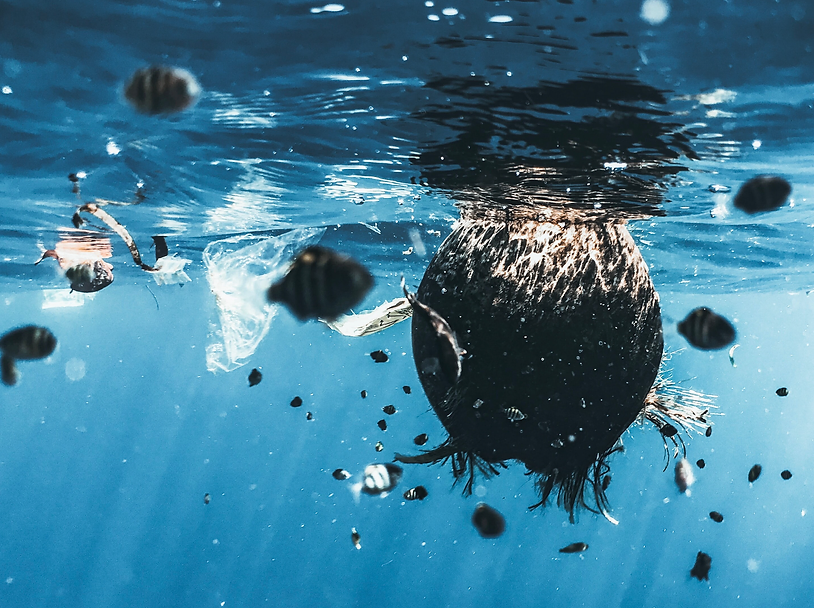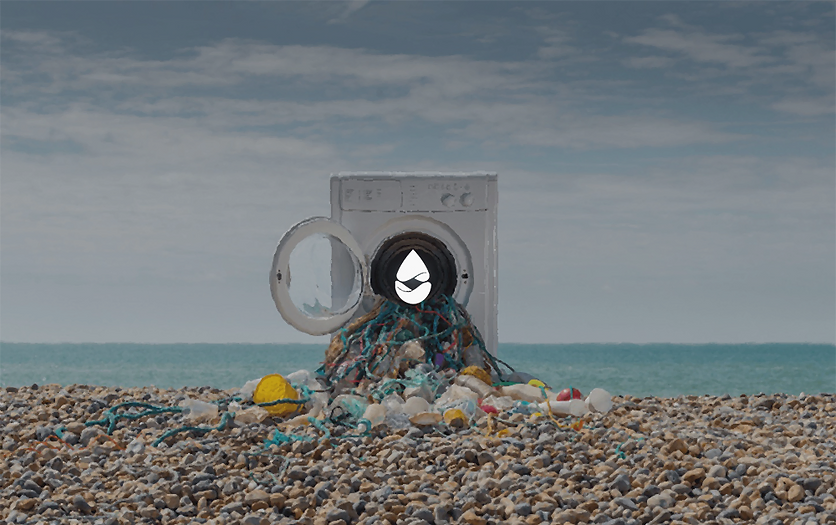
Microplastics are tiny pieces of plastic, as the name suggests, that enter and devastate the environment. They are defined to be less than 5 mm (0.2 in) in diameter, and they come from both primary and secondary sources. Primary sources include tires, clothing, and microbeads in cosmetic products. Secondary sources include the degradation of plastic bottles and bags that reach the oceans.
Waste water treatment plants are unable and not required to filter out microfibers released from our laundry due to their extremely small size. The best way to begin to eliminate the problem is by moving to natural clothing and filtering out the microplastics that are emitted with CLEANR’s novel self-cleaning filter.


When plastic bottles and bags reach the ocean, they are broken down into smaller pieces from sunlight and the force of the waves. This is a secondary source of microplastics, making up 37% of the total problem when all sources are combined.
As you drive your car, the plastic tire slowly degrades from the friction with the road. This can be visually seen as the treads on tires are reduced in size. Tire abrasion is a primary source of microplastics, and it alone makes up 28% of the problem.
With every load of laundry, up to 1.5 million plastic microfibers are emitted into our waterways. The fibers are torn from the clothing as they are spun quickly in the washer, similar to how lint is produced from drying clothes. Textile abrasion is a primary source of microplastics, and it contributes to 35% of the problem.
So when the cycle ends, we could have microplastics on our table.
But we can stop that cycle. We have created a new washing machine with a built-in microfibre filter that with each synthetic cycle, helps to stop this microplastic cycle.

© 2022 by CLEANR Design Team